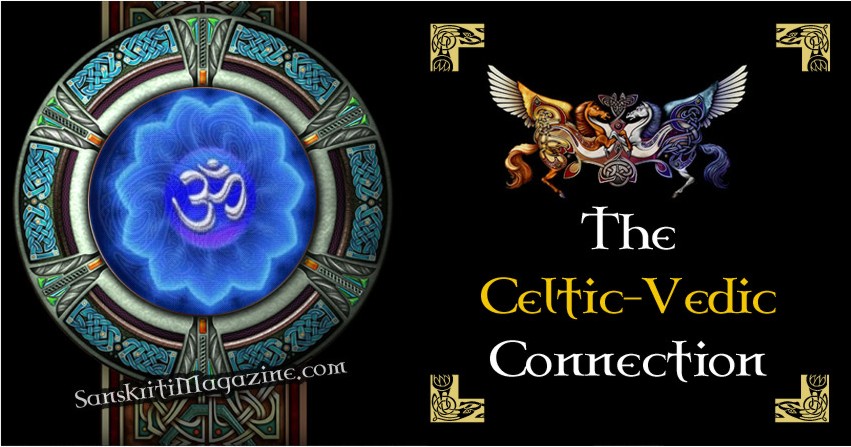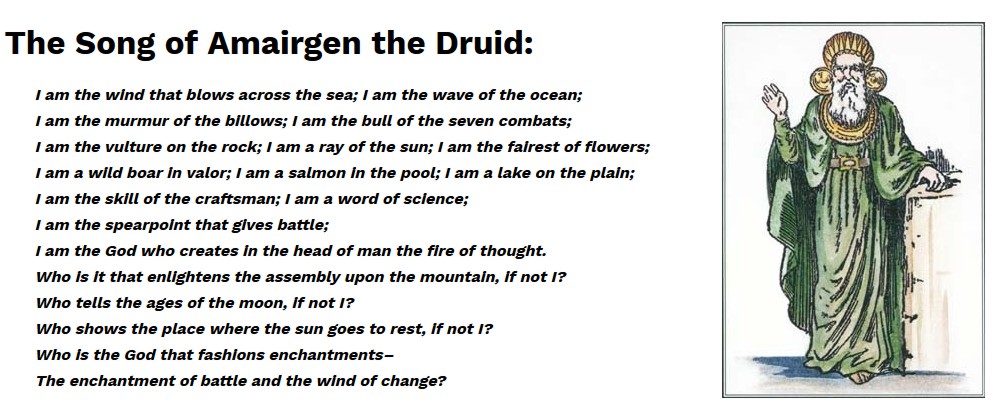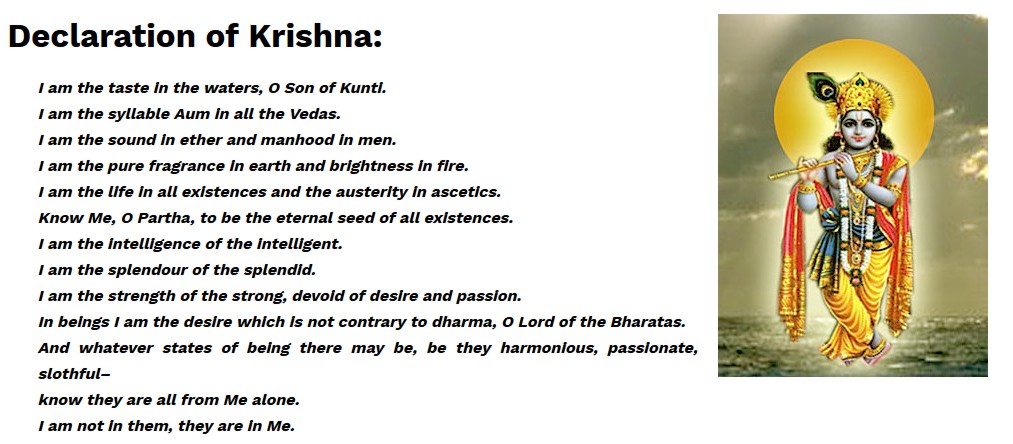Die Keltische Hochkultur verbreitete sich im ersten Jahrtausend v.u.Z. von ihrem Zentrum in Mitteleuropa aus in ganz Europa. Die Verbindung von Technologie, Waffen und Spiritualität machte sie ihren Nachbarn überlegen. Sie waren auch hervorragende Landwirte, Straßenbauer, Händler und Erfinder eines schnellen, zweirädrigen Wagens.
Nach anfänglicher Überlegenheit (Keltische Verbände eroberten um 380 v.u.Z. Rom) kamen die Kelten ab dem 2 Jht. v.u.Z. in die Defensive. Um 50 v.u.Z. verloren sie die Entscheidungsschlacht in Alesia (Südfrankreich) nach einem siebenjährigen, erbarmungslosen Krieg mit dem Imperium. Cäsar hatte es geschafft. Der imperiale Egowahn nahm seinen Lauf…..
Das keltische Europa geriet in Konkurrenz zum sich entwickelnden römischen Imperium. Dieses war völlig konträr zum keltischen Ansatz strukturiert, zentralistisch, monarchisch und auf kriegerische Expansion mit anschließender Ausbeutung der so gewonnenen Kolonien ausgerichtet. Es entwickelte sich eine Führungsschicht des Geldadels.
Was war das für eine Kultur, was waren ihre Wurzeln und was machte sie so stark?
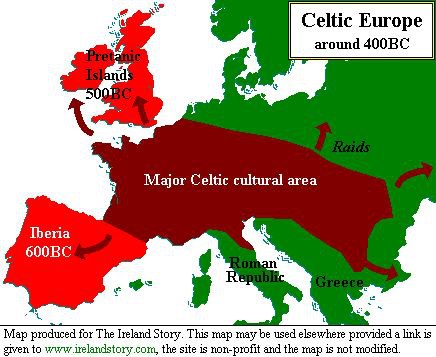
Es wird nicht so wirklich verbreitet, aber mit der keltischen Kultur einher ging ein weltweiter Handel, nicht nur mit der europäischen Nachbarschaft, nein auch mit Ägypten, Indien, China, Karthago und Mykene. Schon 1200 v.U. Z. sicherten sich „protokeltische“ Stämme in einer Schlacht an der Tollense (Norddeutschland) den Bernsteinhandel von der Ostsee bis nach Ägypten.
Es ist eigentlich ganz normal, daß man mit dem Handel auch kulturelle Elemente austauscht oder zumindest schon mal zur Kenntnis nimmt. In der vorimperialen Zeit war die Spiritualität so ziemlich weltweit eine eher ganzheitliche Naturspiritualiät und noch gar nicht machtvoll von dualem Gedankengut dominiert.
Das ursprüngliche Keltentum – vor der Anpassung an das Imperium – basiert auf einem anderen Humanismus, auf einer anderen Art, die Dinge zu sehen, auf einer anderen Art, zu leben, auf einer anderen, ganzheitlich-integralen Methode, zu denken. Nachdem man dieses integrale Weltbild 2000 Jahre lang massiv und mit allen verfügbaren Mitteln unterdrückt hat, wäre es an der Zeit, dort wieder anzuknüpfen. Mir scheint, es ist überlebenswichtig.
Der vornehmste und konzentrierteste Ausdruck des Keltentums war das Druidentum. Aufgrund der berühmten Reaktion von Brennus, dem Führer der Gallier auf dem Zug durch Griechenland, als er in jenem Tempel auf das Bild zweier griechischer Götter stieß, darf man sicher sein, daß die Druidenlehre keine Darstellung der Gottheit in Menschengestalt zugelassen hat. Wenn man Diodor von Sizilien (Fragm. XXII) glauben will, ist es im Grunde völlig ausgeschlossen, daß die Kelten ihre Götter in dieser Form hätten darstellen können.
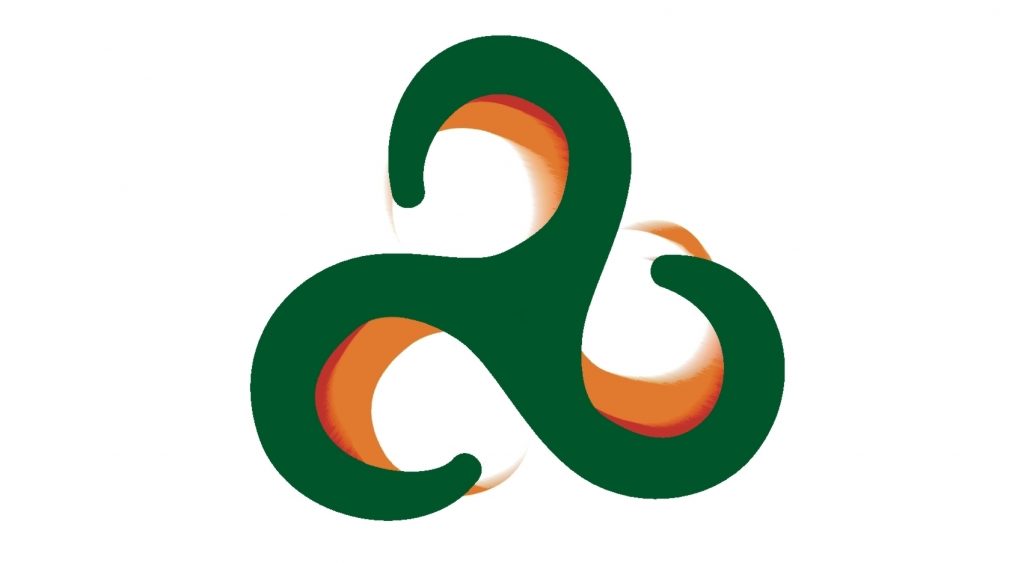
Die Einheit in der Dreiheit
Er sagt nämlich: »Brennus brach in Lachen aus angesichts der Tatsache, daß man den Göttern menschliche Gestalten zugemutet und sie aus Holz und Stein hergestellt hatte.« Diese Passage läßt keinen Zweifel zu. Aus dem Verhalten von Brennus spricht einerseits die Ablehnung einer menschlich-figürlichen Darstellung der Götter und andererseits die Unmöglichkeit, sie sich überhaupt als menschliche Wesen vorzustellen.
Wer sind aber dann diese göttlichen Gestalten, die sich in den mythischen Erzählungen organisieren, bekämpfen, berauschen, begatten und töten? Wenn man an die Reaktion des Brennus denkt, dann können dies konsequenterweise keine Götter sein.
Die keltische Kultur begann in ihren Ursprüngen so vor etwa 3000 Jahren, es kann auch schon viel früher gewesen sein. Da wanderte ein unbekanntes Volk wohl aus dem Nordosten kommend in Mitteleuropa ein. Ohne großartige kriegerische Aktivitäten vermischte es sich mit der dort ansässigen Megalithkultur. Es entwickelte sich eine gemeinsame protokeltische Kultur.
Hier will ich jetzt mal die Parallelen zur Indisch-Vedischen Kultur hervorheben, basierend auf einer Arbeit von Peter Tremayne (Pseudonym des englischen Historikers und Keltenforschers Peter Berresford Ellis)
Die Keltisch-Vedischen Parallelen
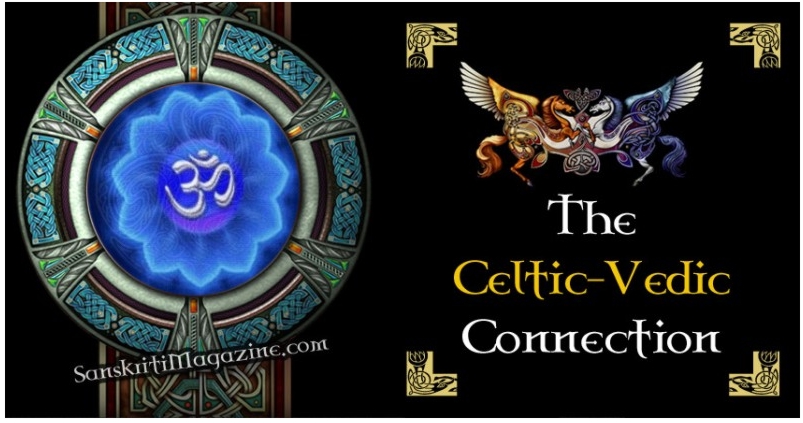
Es ist ein Ergebnis der neueren Forschung, daß sich die erstaunlichen Ähnlichkeiten der keltischen und vedischen Kutur offenbarten.
Die keltischen Druiden und die Brahmanen der hinduistischen Religion weisen eine erstaunliche und überraschende Verwandtschaft auf. Es sieht so aus, als ob sich hier die gemeinsame indoeuropäische Wurzel so vor ungefähr 5000 jahre zu verzweigen begann. Erst in den letzten Jahrzehnten der Keltenforschung hat man begonnen das volle Ausmaß der Verwandtschaft zwischen keltischer und vedischer Kultur zu erkennen.
Die Kelten waren die erste Hochkultur in der aufgezeichneten Geschichte der Zivilisationsentwicklung nördlich der Alpen. Zur Zeit der größten Audehnung, im 3. Jaht. v.u.Z., erstreckte sich das keltische Europa von Irland im Westen bis hin zu türkischen Zentralebene im Osten. Das heutige Belgien im Norden bis Cadiz in Südspanien. Und über die Alpen bis in die italienische Po-Ebene. Sie wurden auch in polnischen Gebieten, in der Ukraine und nach den erstaunlichen jüngsten Entdeckungen tauchten keltische Mumien in der chinesischen Provinz Xinjiang in Verbindung mit den Tocharian-Texten auf! Sie bewegten sich sogar so weit östlich wie in das Gebiet nördlich von Tibet.
Reste der einst großen keltischen Zivilisation findet man heute in Irland, Schottland und bei den Walisern, Cornen und Bretonen. So finden sich die Überlebenden der Jahrhunderte dauernden ethnischen Säuberung des röm. Imperiums am nordwestlichen Rand Europas. Nur mehr 2,5 Millionen Menschen sprechen eine keltische Sprache als ihre Muttersprache.
Aber auch in Zentraleuropa haben sich keltische Minderheiten behauptet. Auch findet man einiges an keltischen Kultur-Resten im gesamten Alpengebiet bis weit in den süddeutschen Raum hinein. Und nicht zuletzt haben die Kelten auch ds Christentum als „Buchreligion“ mit der Trinität und der „Gottesmutter“ bereichert – anders hätte man das in Mitteleuropa nicht „verkaufen“ können.
Ausgehend von der Verbindung von Megalithkultur, vedischen Einflüssen und auch der ägyptischen Theologie und der einheimischen Naturreligiosität entwickelte sich das Druidentum – aber eben nicht als „Priestertum“ im heutigen oder im imperialen Stil. Sie waren die intellektuelle Klasse der alten keltischen Gesellschaft. Sie waren Richter, Rechtsanwälte, Ärzte, Botschafter, Ingenieure, Metallurgen und ebenso wie die Brahmanen im vedischen Bereich auch spirituelle Führer.
Erst die römisch-imperiale und später die christliche Propaganda verwandelten sie in Schamanen, Magier und Zauberer.
Die Gelehrten der immerhin weithin bekannten alexandrinischen Schule beschrieben sie in einer ähnlichen Funktion wie die vedischen Brahmanen.
So betrachtet erkennt man in dem Wort „Druide“ zwei keltische Wurzeln, die ihre parallelen in Sanskrit haben. Da ist einmal „vid“ für Wissen, in Sanskrit „veda“ und der erste Teil „Dru“ keltisch und auch in Sanskrit für Eintauchen. Zusammen ein schönes Bild: Der Druide als einer, der „in Wissen eingetaucht“ war…..
Nachdem Irland einer der wenigen Bereiche der keltischen Welt war, die nicht von besetzt wurden und demnach bis zum 5. Jht. u.Z. auch nicht von der lateinischen Kutur beeinflusst war, findet man genau da die größte Verwandtschaft zur vedischen Kultur.
Der Harvard-Professor Calvert Watkins, einer der führenden Sprachenexperten, hat darauf hingewiesen, daß das Altirische innerhalb der indogermanischen Sprachfamilie eine außerordentlich archaische und konservative Tradition darstellt. Seine nominalen und verbalen Systeme sind weit näher an der Indogermanischen Muttersprache als Griechisch oder Latein. Die Struktur der alten irischen Sprache kann eher mit dem vedischen Sanskrit oder dem Hethitischen des Alten Reiches verglichen werden.
Dies gilt nicht nur im Bereich der Linguistik, sondern auch in Rechts- und sozialen Bräuchen, in der Mythologie und in der traditionellen musikalischen Form. Viele überlieferten irischen und walisischen Mythen zeigen bemerkenswerte Ähnlichkeiten zu den Themen, Geschichten und sogar Namen in der Saga der indischen Veden. Man kann beinahe endlos Vergleiche anstellen.
„Danu“ wurde bei den alten Kelten als eine „Muttergöttin“ angesehen. Die irischen Götter und Göttinnen waren die Tuatha De Dannan (Kinder der Danu). Danu war das göttliche Wasser, das sich in dem großen heiligen Fluss Danuvius auf die Reise machte – heute Donau genannt. Viele europäische Flüsse tragen den Namen Danu-Rhone (ro-Dhanu, Große Danu) und es gibt mehrere Flüsse mit Namen Don. Flüsse und Quellen waren in der keltischen Welt heilig und Orte, wo man Votivgaben übergibt oder Beerdigungen durchführt. Die Themse, die durch London fließt, trägt immer noch ihren keltischen Namen, vom Tamesis, dem dunklen Fluss – übrigens gleichen Namens wie Tamesa, ein Nebenfluss des Ganges. In Sanskrit bedeutet Danu auch „Göttliches Wasser“ und „Feuchtigkeit“.
Auch die keltische Kosmologie ist eine Parallele zur vedischen Kosmologie. Alte keltische Astrologen verwendeten ein System auf der Basis von siebenundzwanzig Mondhäusern – im vedischen Sanskrit „Nakshatras“. König Ailill von Connacht, Irland, hatte wie der Hindu Soma einen kreisförmigen Palast mit siebenundzwanzig Fenstern, durch die er auf seine siebenundzwanzig „Sternfrauen“ schauen konnte.
Der berühmte keltische Coligny Kalender aus dem ersten Jht. v.u.Z. entdeckt 1897, zeigt große Verwandtschaft zu vedischen Kalenderberechnungen. In einer aktuellen Studie hierzu weist der Astronom und Keltenforscher Dr. Garret Olmsted nach, daß der im ersten vorchristlichen Jahrhundert hergestellte Kalender auf Berechnungen aus dem elften vorchristlichen Jahrhundert basiert!
Eine weitere faszinierende Parallele ist, daß sowohl die alten Iren als auch die Hindus den Planeten Merkur mit dem Namen „Budh“ bezeichnen. Der Stamm budh erscheint in allen keltischen Sprachen wie auch im Sanskrit für „Sieger“, „Gabe der Lehre“, „erreicht“, „erleuchtet“, „erhaben“ usw. Die Namen der berühmten keltischen Königin Boudicca (Britannien, 1. Jht. u.Z.) und von Jim Bowie (Texas, Alamo, 1796-1836) enthalten die gleiche Wurzel. Buddha ist das Partizip des gleichen Sanskrit Wortes – „der erleuchtet ist“.
Für Keltenforscher ist die Welt der Druiden viel aufschlussreicher und spannender als alle Erfindungen der sogenannten modernen „Neodruiden“. Da nützt es auch nichts, wenn sie ihre Aktivitäten mit großer Aufrichtigkeit betreiben.
Wenn wir alle in Harmonie leben wollen, verbunden miteinander und mit der Natur und dem Kosmos, dürfen wir unser keltisches Erbe nicht vergessen! Die keltischen Sprachen und die keltische Kultur stehen heute am Rande des Aussterbens. Das ist kein natürliches Phänomen, sondern Ergebnis von jahrhundertelangem politisch motiviertem Völkermord.
Wir suchen heute verzweifel nach einem „spirituellen Bewußtsein“ – wir müssen das nicht neu erfinden! Es ist sicher weit besser, uns an die alte Weisheit der Kelten zu erinnern und diese intakt zu halten. Dabei kann uns die „indische Verwandtschaft“ als gute und natürliche Verbündete zur Seite stehen.
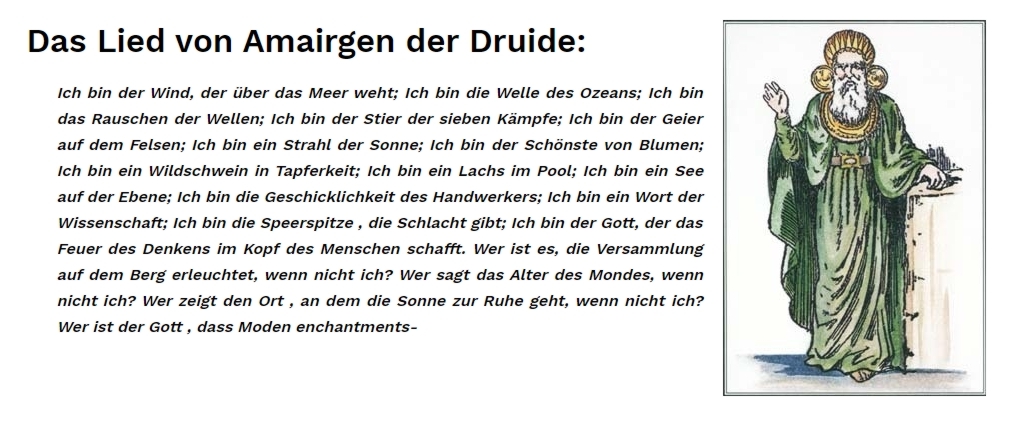
Amairgen war der „erste Druide“, der nach Irland kam. Ellis sagt, in diesem Lied hat Amairgen sein eigenes Wesen mit einem philosophischen Ausblick subsummiert, wie er auch in der hinduistischen Bhagavad Gita vorkommt. Es ist auch ganz ähnlich zu dem älteren Sri Rudra Gesang aus der Yajurveda.
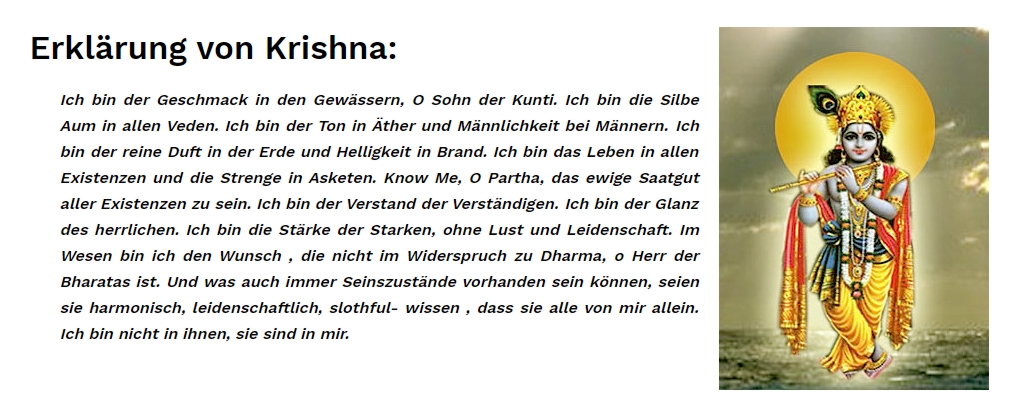
Es gibt noch viele weiter Parallelen zwischen der keltischen und der vedischen Kultur. Im einzelnen nachzulesen hier:
Sanskriti: The Celtic-Vedic Connection
Mehr über das verlorene Wissen:

Jetzt im Handel!
Taschenbuch: 296 Seiten
Verlag: TWENTYSIX
Auflage: 1 (20. Februar 2017)
Sprache: Deutsch
ISBN-10: 3740728027
ISBN-13: 978-3740728021
E-Book: ISBN 9783740793203
https://www.booklooker.de/app/detail.php?id=A02h0acA01ZZQ&pid=76312&t=mf47wstfmc85hehf
https://www.amazon.com/Das-Verbotene-Wissen-Kelten-German/dp/3740728027


